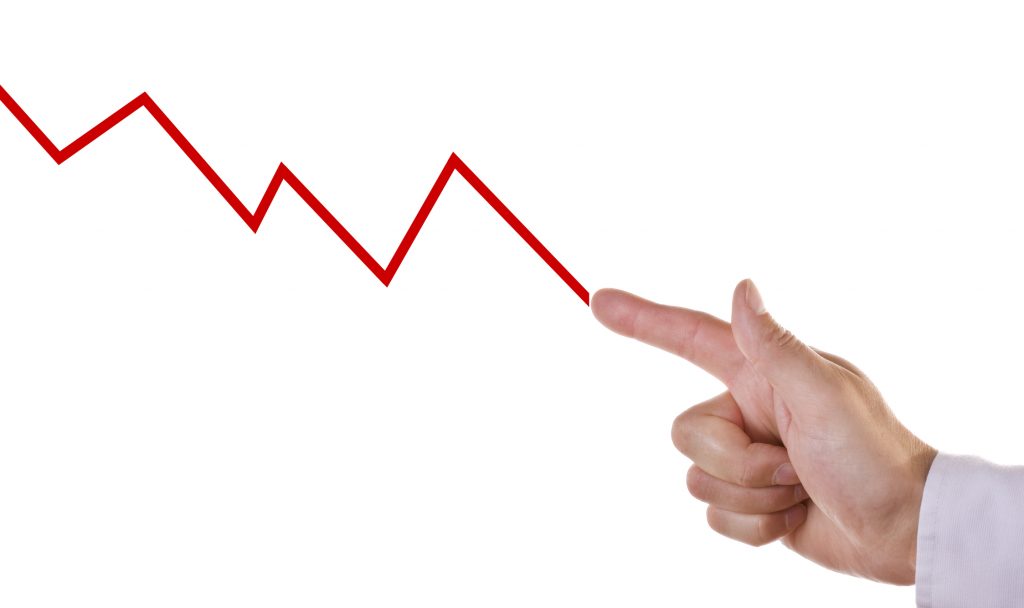“Agile.” It’s a term thrown around more and more often at startups and enterprises alike. But for such a popular concept, there seems to be a lack of understanding around what “agile” means when it comes to marketing — and how agile technology can future-proof the marketing content and strategies you’re working so hard to develop right now.
So with that knowledge gap in mind, we set out to create this ultimate guide, to help you learn everything you need to know to embrace agility in your marketing department.
What Does Agile Mean in the Marketing World?
Agile marketing is based on the popular agile development framework in the software world. What started as a strategy to help technology teams operate with speed and flexibility as they moved from idea to execution to revision has found its way into the marketing world to do the same thing for content teams, read more detailed information about sitecore cms.
Traditional marketing projects flow from planning to writing, design, legal, etc., in a workflow known as “waterfall.” Unfortunately, if any single team or step in the process gets held up, it can halt work for everyone down the “stream” in the process.
A waterfall approach is too unreliable and slow to provide the kind of impact modern marketers are striving to achieve.
That’s where agile marketing comes in.
With an agile marketing workflow, multi-talented teams of writers, designers, SEO experts, PR pros, and more collaborate on viable projects that take place over a designated time called a “sprint.” The beauty of an agile process is that, over time, your team will learn how much can be done during a sprint and tweak projects and plans accordingly.
At the end of each sprint, the aim is for your marketing team to launch something that achieves a specific goal and can be optimized over time — not a static project that will probably be out of date by the time it goes live anyway.
In real life, an agile marketing process may look a little something like this:
- A marketing lead gathers data and customer requirements, often in the form of user stories (e.g., “I’m a B2B buyer and I want to compare X solution to Y solution”)
- The data and user stories are prioritized by the marketing team, broken down into actionable tasks, and assigned a value based on the estimated level of effort
- The team organizes tasks into however many sprints (which usually range from 1 to 6 weeks long) they think it will take to get them done
- A cross-functional team works in tandem to execute their work during the sprint
- At the end of each sprint, the work and the sprint planning process are both reviewed for possible improvements
- The next sprint to implement improvements and new tasks begins
One of the essential features of an agile marketing process is that marketing campaigns are defined by work done, not by the time taken. Not only does this provide marketing teams with a structure that allows them to prioritize production, but it also creates finite borders to help keep projects from being derailed. Additionally, an agile workflow means no long-term marketing roadmaps set in stone, so your marketing department can move just as fast as today’s consumer trends.
Information + Iteration: What Makes Agile Marketing Future-Proof
In an agile marketing program, the tasks that get done are chosen based on data and completed over manageable intervals. And the cross-functional teams that execute the work are prepared to develop the quickest version of the solution first before learning more and perfecting their approach over future sprints.
This intersection of information and iteration is what makes agile marketing programs future-proof.
It isn’t just checking boxes on a year-long schedule for content creators but instead working with others in their marketing departments to analyze data, define customer needs, and address the moment’s pressing needs by creating and deploying critical content assets.
Because the decisions content creators make are based on what’s needed at the moment, they can rest assured their campaigns connect with consumers and land a step ahead of competitors who are rigidly sticking to calendars that were built months or even up to a year ago.
Maximize Marketing Longevity by Adopting Agile CMS
With the definition and importance of agile marketing behind us and the process for developing your agile strategy ahead of us, it’s time to talk about a critical piece of technology for enabling agile content marketing.
A modern headless content management system (CMS) should be the center of the tech stack for any successful agile marketing team.
Why? Because modern headless CMS platforms are built to be agile from the inside out thanks to a unique blend of characteristics known as MACH.
MACH is a term for modern technology constructed using microservices (M), connected via application programming interfaces (A), native to the cloud (C), and inherently headless (H).
This combination of technological features makes an agile CMS modular, integrable, scalable, and easy to keep up to date. Paired with cutting-edge content management features that enable marketers to create, manage, and deploy content across the entire customer journey. The right agile CMS is ready to power any fast-moving marketing campaigns.


